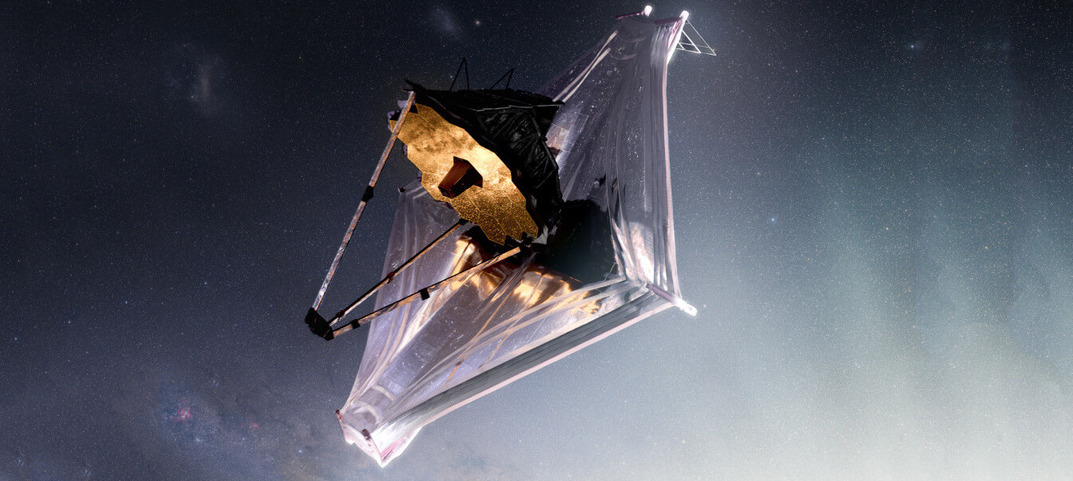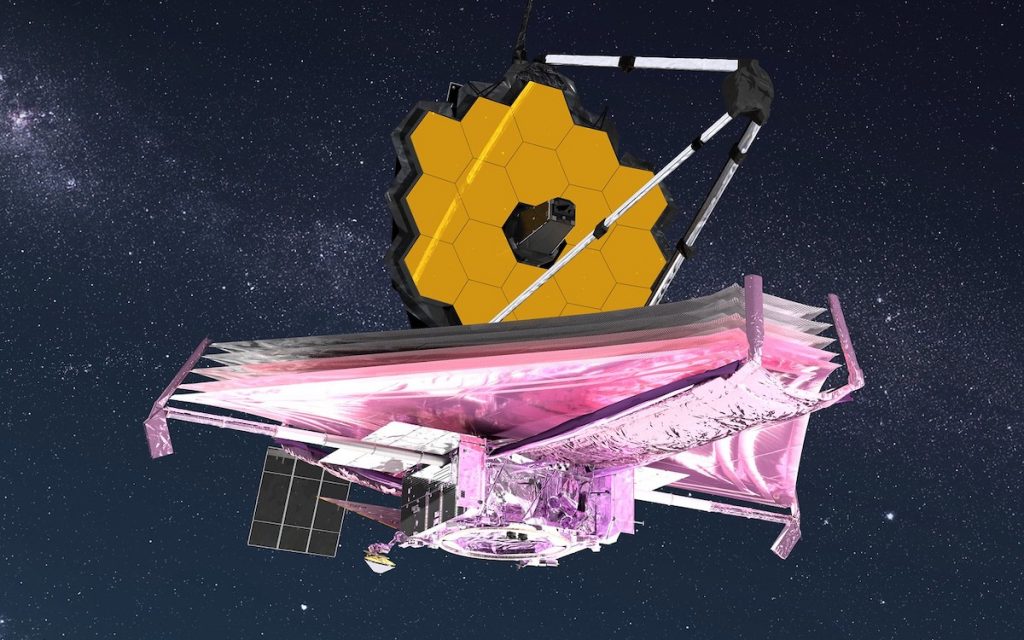
Secrets of the Universe. New images of galaxies and planets. What’s new to look forward to?
NASA’s Space Telescope has obtained new images of distant exoplanets and galaxies and huge star clusters. The new images appeared back in July of this year. In fact, this is the result of the work of a team of specialists who were involved in the development of “James Webb”. Specialists from various fields and industries were involved in the development process. It is also important to say that there were some problems with the launch, and it took 35 years to bring the original idea to life.
If we talk about the price of the project, the amounts are in the tens of billions of dollars. But all the money and effort was not in vain, with plans to carry out at least 286 observations in the first cycle alone, and this will take about 6 000 hours. And the information obtained will go a long way to forming an understanding of the whole system, this applies to stars as well as planets and galaxies in general. And there is the possibility that there will be new data regarding the origin of life, new objects in the system, and an understanding of what appeared in the beginning.

The process of building the telescope
The idea goes back to 1986. It was NASA that made the main contribution. But also worth noting the work of Canadian and European specialists. A total of 17 countries were involved in the process of creation and launch.
The main part of the telescope is a mirror, which decided to create a segmented mirror. This is due to its size. In the end, it is 18 different segments. Gilded beryllium was used as the main material. In total, the size exceeds 6 metres, so that much more light can be collected when comparing this telescope model with its predecessor.
An additional feature of the James Webb is the possibility of observing in a lower range. And this innovation allows the telescope to study even distant bodies throughout the universe.
Also in the design is present 5-layer heat shield, which is responsible for regulation, as the devices themselves, and the mirror. The telescope will be located about 1.5 million kilometres from Earth. This is the optimum distance, as the radiation from other objects will not interfere.
In fact, the assembly process was completed 3 years ago, after which the tests began. During the test, the specialists came to the conclusion that the electronics had to be replaced. It started to malfunction. And only 2 years later they published information about the readiness to launch the telescope. This happened only at the end of last year, on December 25. A month later the telescope was already at its destination.
There are some results so far. The images show galaxies that are between 4.6 and 13 billion years old. And the study of such images will make it possible to understand how galaxies and stars were created. The objects in the reaches may be very old, perhaps the first in the universe.
In the future, many more images should be expected and thus there will be much more information and clues about the origins. In time, there may be answers to many questions about the origins of the Earth and galaxies.





